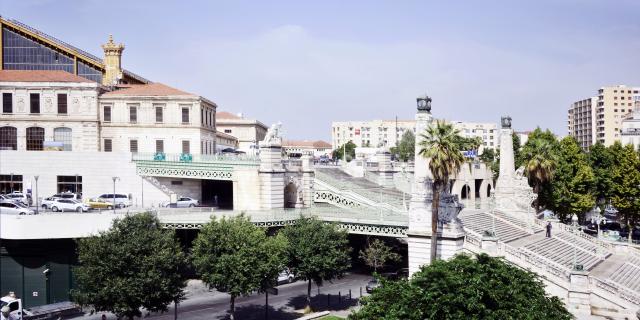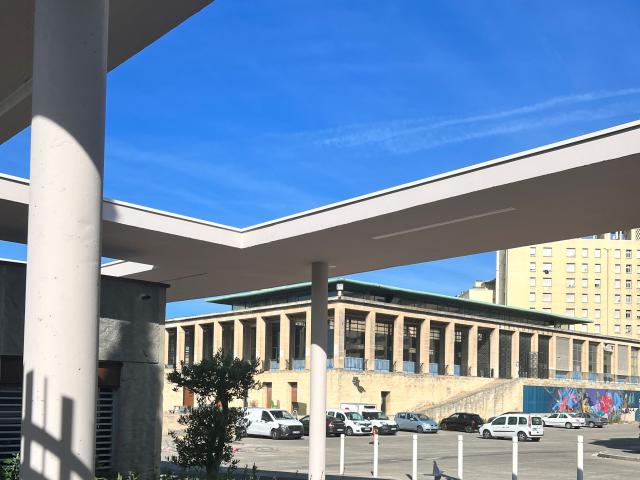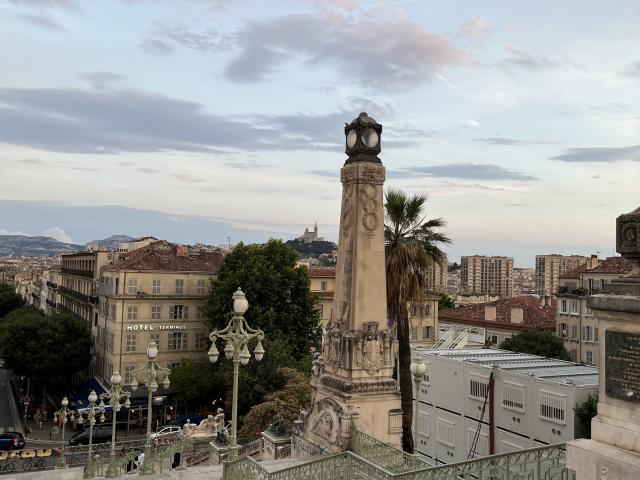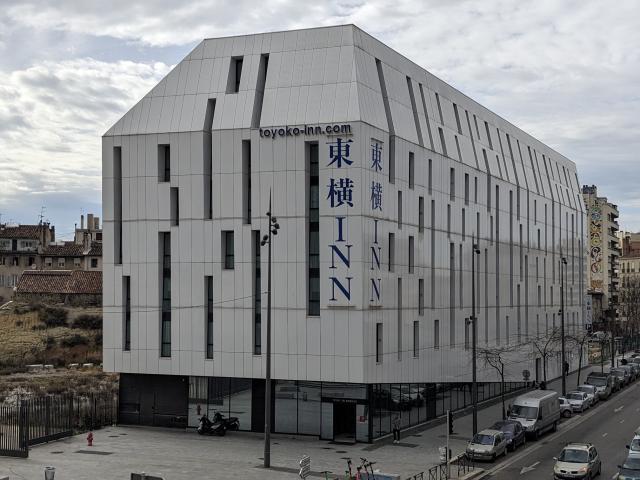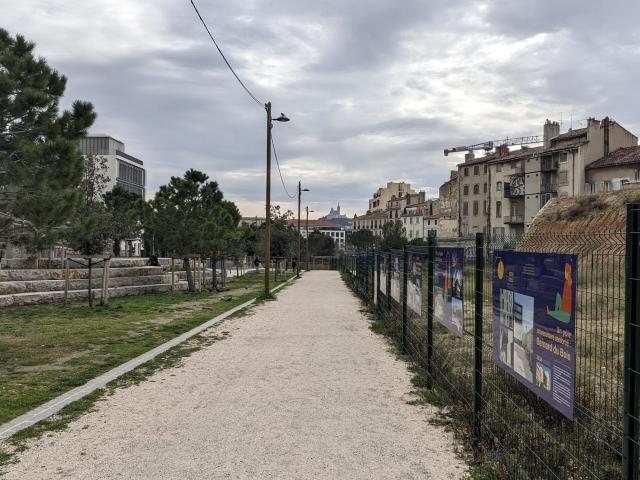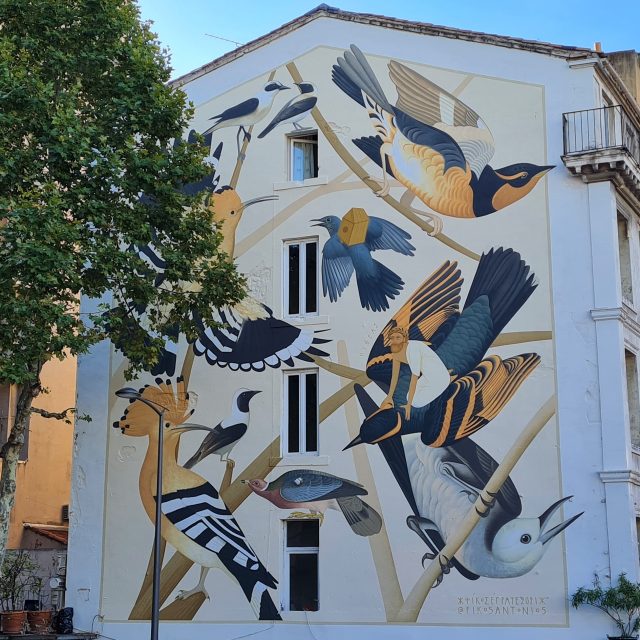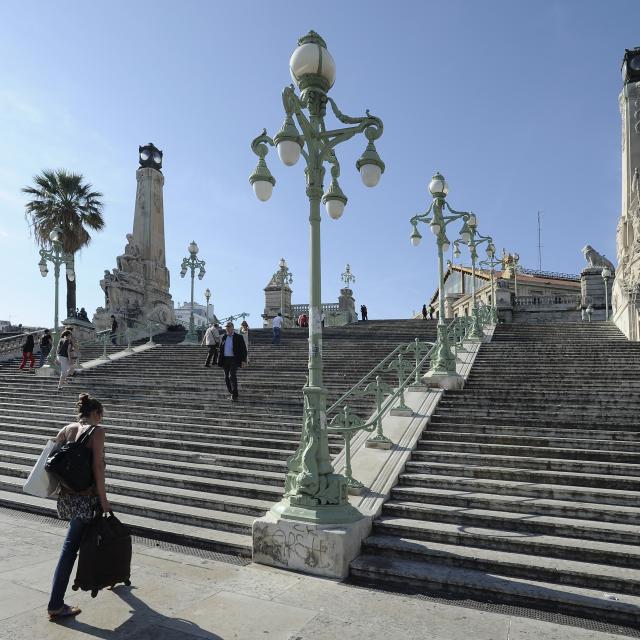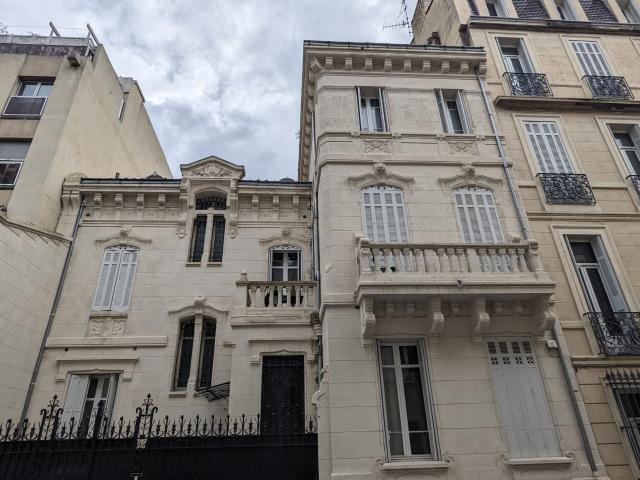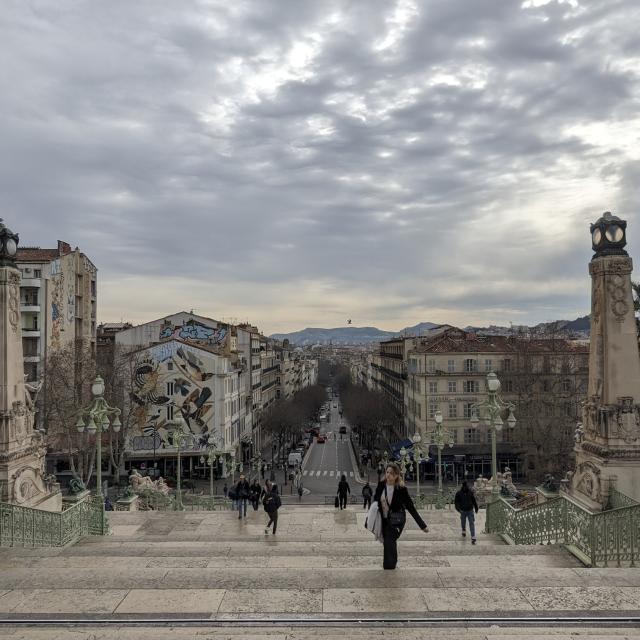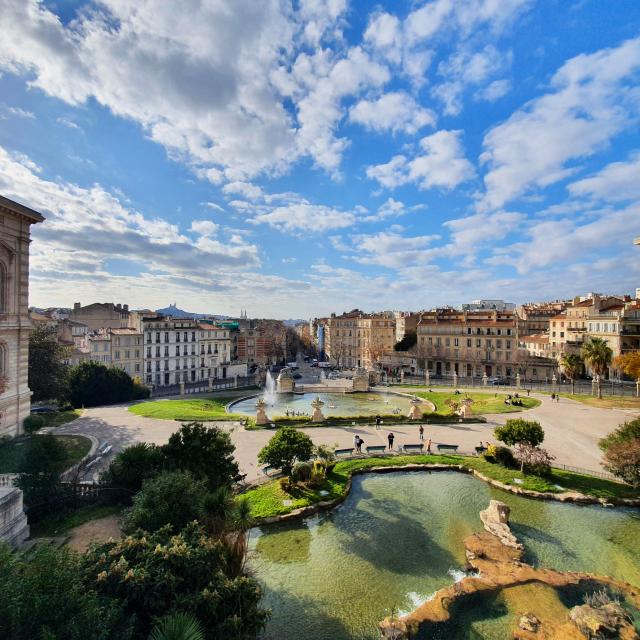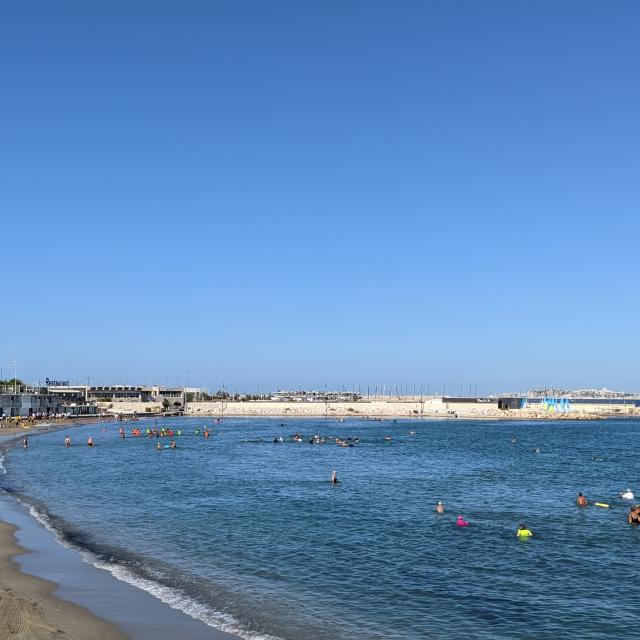Why this neighborhood name?
In the 18th century, Marseille had its holy man during the plague of 1720 in the person of its bishop, Monseigneur de Belsunce. Previously, in the 16th century, the Italian city of Milan was struck by the same disease, and it was its bishop, Monseigneur de Belsunce, who became its patron saint.It was his bishop, Saint-Charles Borrom&e acute;e, who distinguished himself by the sacrifices he made on behalf of his city, invaded by the same deadly disease. Two bishops, two centuries apart, fought hard against the plague. It was to pay tribute to the Milanese prelate that his name was given to the district around a railway station reached by a monumental staircase, inaugurated in 1927 by Gaston Doumergue, President of the Republic.
Saint-Charles and the Euroméditerranée project
The Saint-Charles district is undergoing a profound transformation and evolution. Since 1995, it has been an integral part of a vast urban development project aimed at revitalizing several areas of Marseille. Indeed, the City of Marseille and the French State have joined forces on an operation of national interest called “Euroméditerranée”. Formerly bisected by the A7 freeway, the district is now home to new housing,modern facilities such as a variety of schools, and a major asset: a new park located between the railway station and Porte d’Aix.
